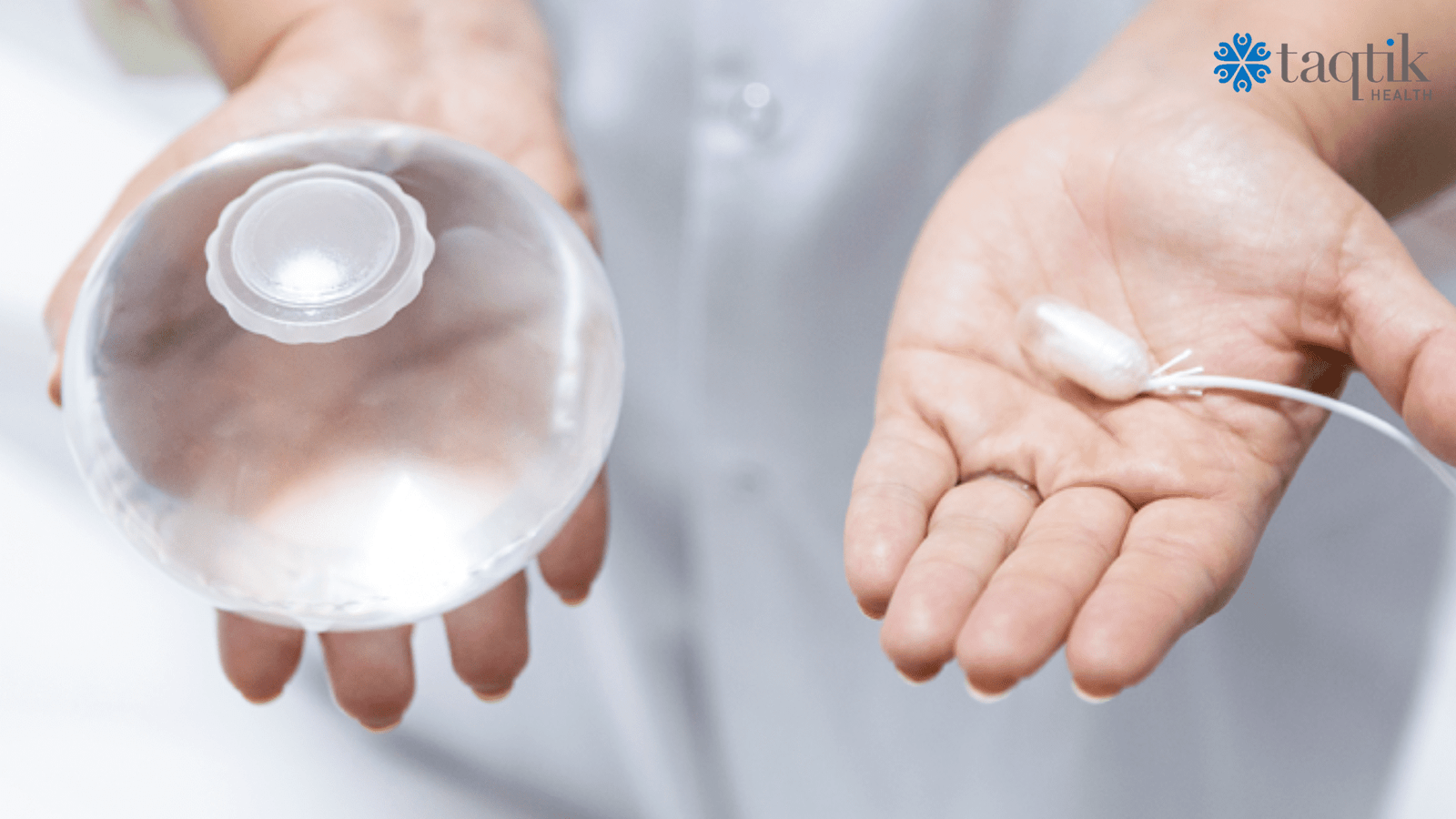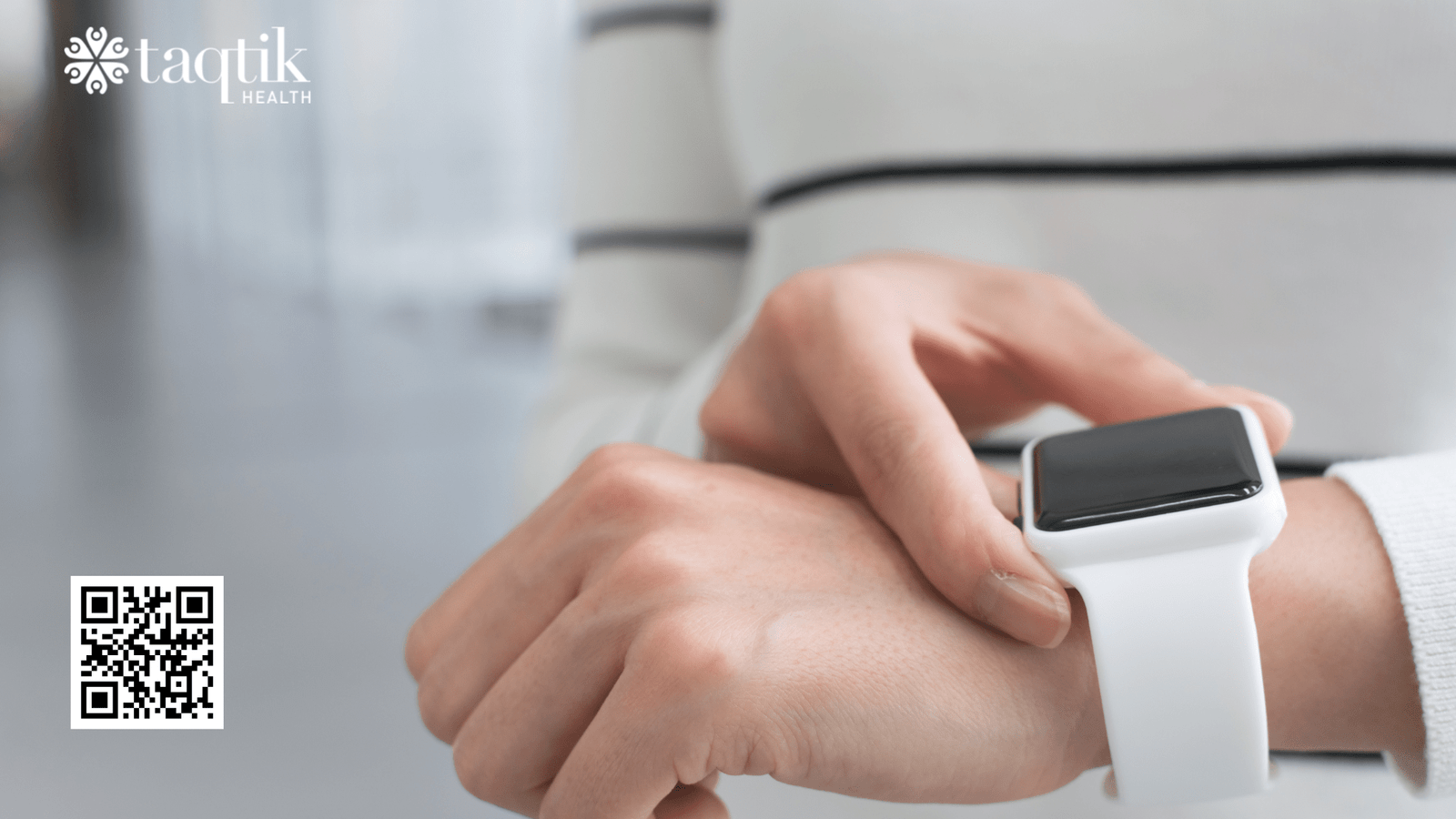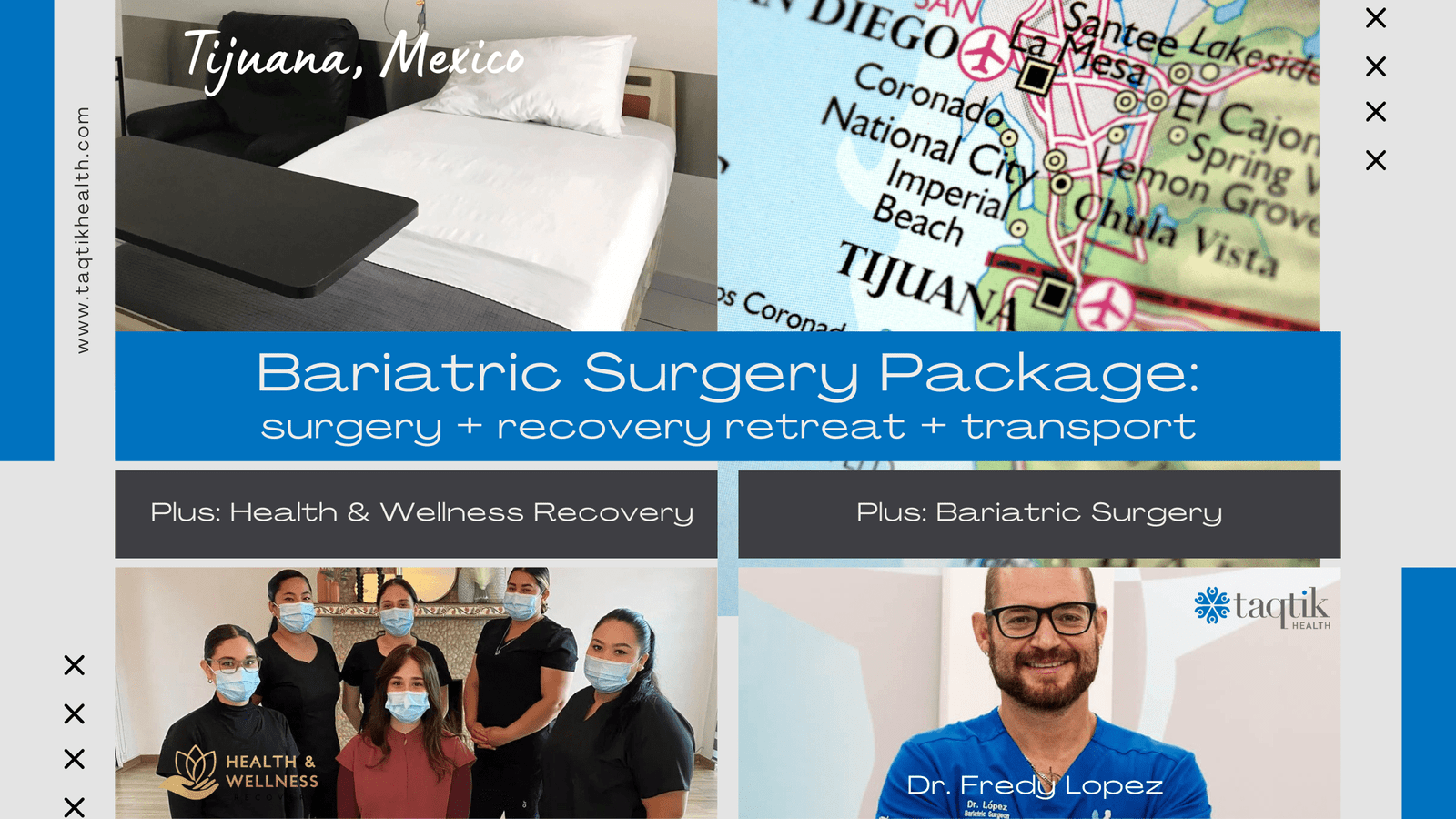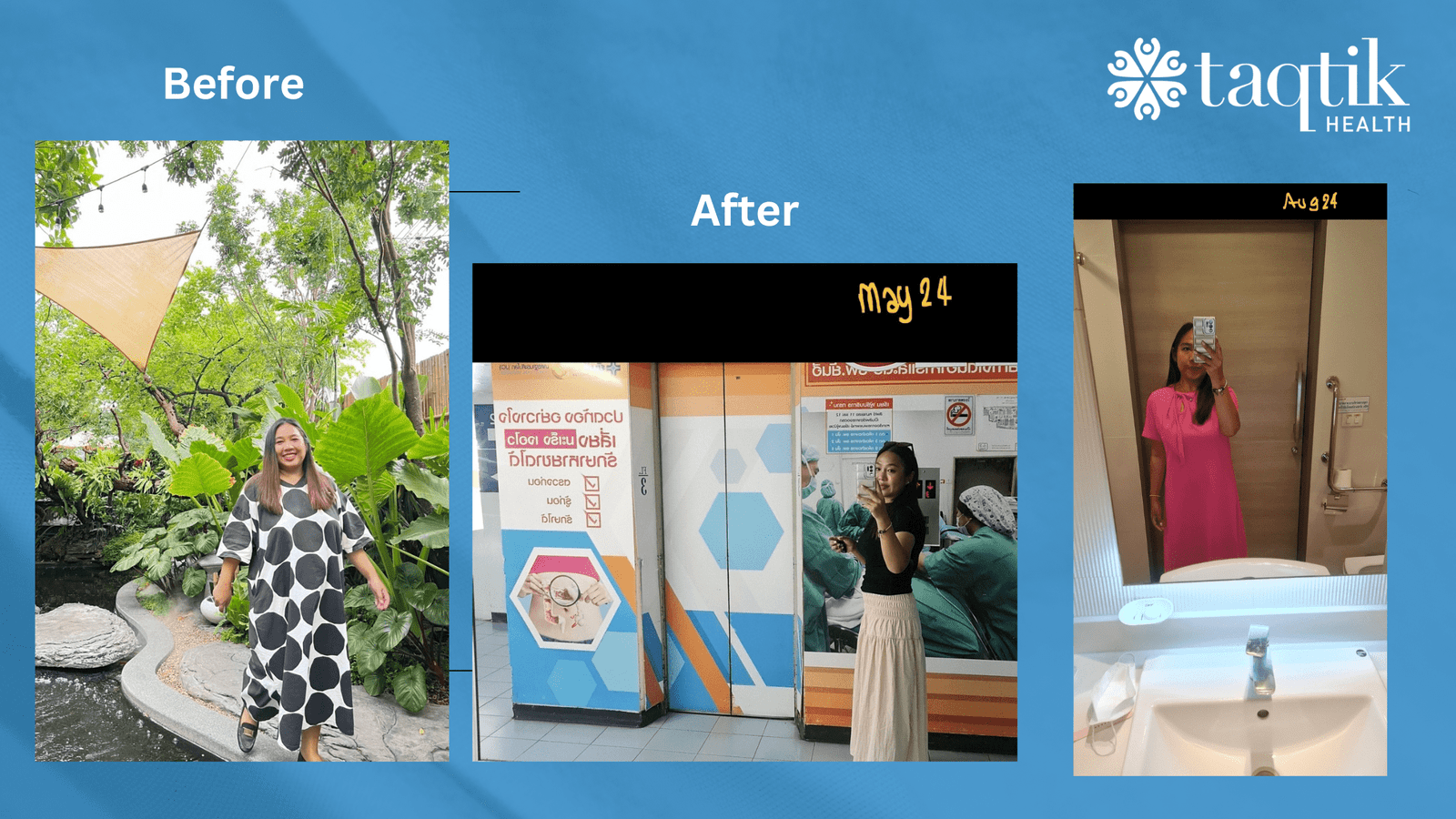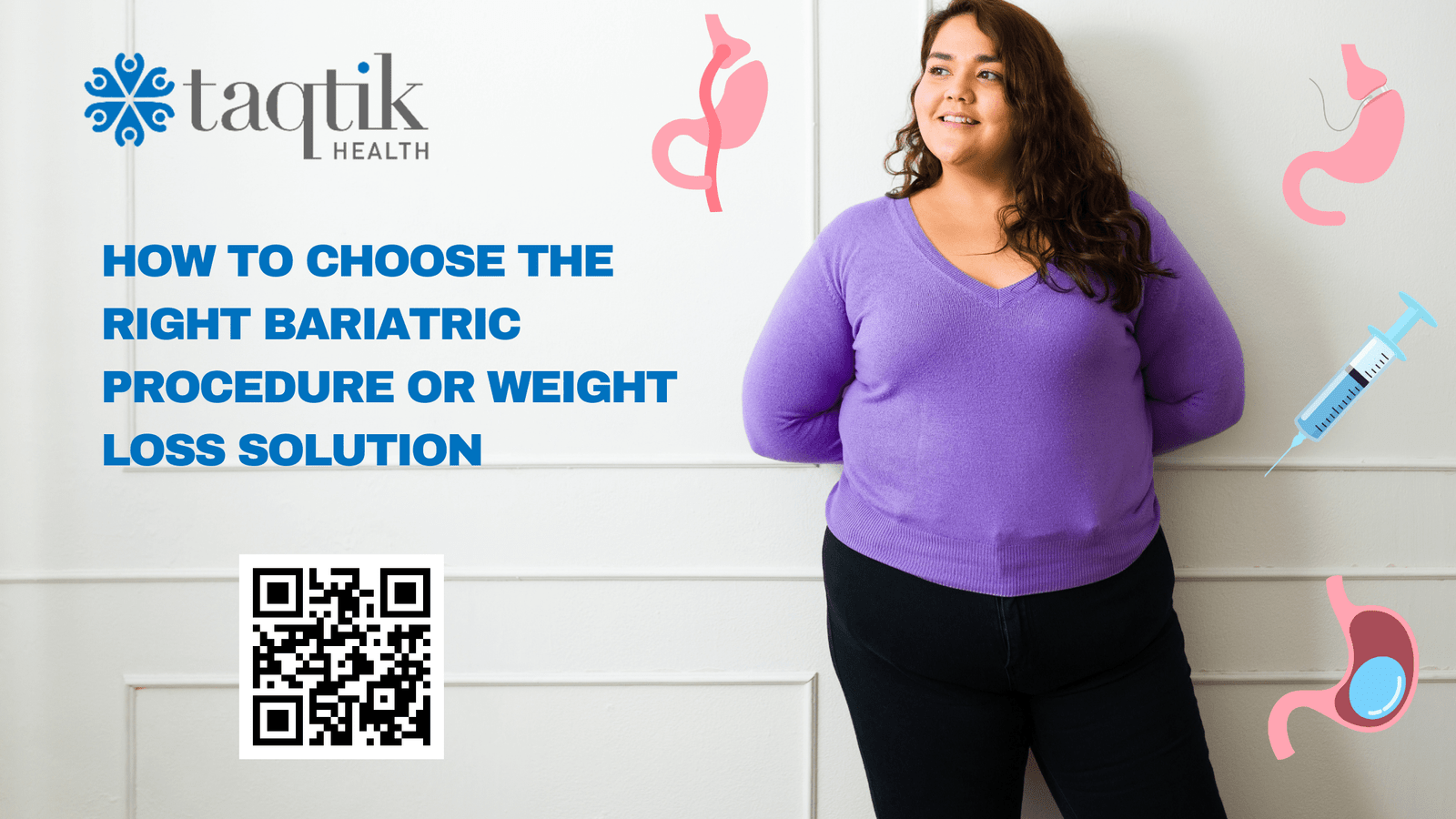Allurion Balloon vs. Gastric Sleeve: A Comparative Analysis
When it comes to weight loss interventions, Allurion Balloon and gastric sleeve surgery are two popular options that offer effective results. Both approaches have their unique benefits and considerations, making it important for individuals to understand their differences before making an informed decision.
Allurion Balloon: Non-surgical Approach to Weight Loss:
The Allurion Balloon is a non-surgical, temporary gastric balloon that is placed in the stomach through a minimally invasive procedure. It works by creating a feeling of fullness and reducing the capacity of the stomach, helping individuals consume smaller portions and achieve weight loss. The balloon remains in the stomach for a specific duration and is then removed.
Gastric Sleeve Surgery: Surgical Restriction and Hormonal Changes:
Gastric sleeve surgery, also known as sleeve gastrectomy, is a surgical procedure that involves removing a significant portion of the stomach. This results in a smaller stomach pouch, which restricts food intake and induces hormonal changes that promote satiety. The procedure is irreversible and requires general anesthesia.
Comparison of Allurion Balloon and Gastric Sleeve:
a) Invasiveness and Procedure Duration:
- Allurion Balloon: It is a non-surgical procedure that can be completed within 20 minutes, typically done under local anesthesia.
- Gastric Sleeve Surgery: It is a surgical procedure that requires general anesthesia and usually takes around 1-2 hours.
b) Weight Loss Results:
- Allurion Balloon: It can help individuals achieve significant weight loss, typically ranging from 10% to 15% of their initial body weight.
- Gastric Sleeve Surgery: It is considered a more aggressive procedure, leading to substantial weight loss of around 60% to 70% of excess body weight.
c) Duration of Intervention:
- Allurion Balloon: The balloon is typically left in the stomach for approximately 6 months before being removed.
- Gastric Sleeve Surgery: It is a permanent procedure that permanently alters the structure and capacity of the stomach.
d) Recovery Time and Lifestyle Changes:
- Allurion Balloon: It involves a shorter recovery period, allowing individuals to resume their daily activities shortly after the procedure. Lifestyle changes, including adopting a healthy diet and regular exercise, are crucial for long-term success.
- Gastric Sleeve Surgery: The recovery period is relatively longer, with individuals needing several weeks for full recovery. Post-surgery, significant dietary and lifestyle changes are required for successful weight loss and maintenance.
e) Risks and Considerations:
- Allurion Balloon: The risks associated with Allurion Balloon are generally minimal and include temporary side effects such as nausea, vomiting, and abdominal discomfort.
- Gastric Sleeve Surgery: As a surgical procedure, gastric sleeve surgery carries inherent risks associated with anesthesia, bleeding, infection, and potential long-term complications.
Next Steps
Both Allurion Balloon and gastric sleeve surgery offer viable options for individuals seeking weight loss interventions. The choice between them depends on various factors, including the desired degree of weight loss, invasiveness, recovery time, and long-term considerations. It is essential to consult with healthcare professionals specializing in weight loss procedures to determine the most suitable option based on individual needs, medical history, and lifestyle factors. By understanding the differences and considering personal preferences, individuals can make an informed decision and embark on a successful weight loss journey tailored to their specific circumstances.
Post-Bariatric and GLP-1 Post-Care to Maximize Results
Post-Bariatric and GLP-1 Post-Care to Maximize Results | Taqtik Health Introduction Undergoing bariatric surgery or starting GLP-1 (glucagon-like peptide-1) agonist treatments like semaglutide (Ozempic, Wegovy) or tirzepatide (Mounjaro, Zepbound) is a major step toward long-term weight loss and improved metabolic health. But these treatments are only part of the journey. What you do after surgery...Continue reading→
Remote Patient Monitoring for Obesity: A Smarter Way to Support Surgical and Non-Surgical Patients
Losing weight and improving your health is a personal journey—and it doesn’t always require surgery. Whether you're preparing for bariatric surgery, recovering from it, or trying to manage your weight and health without surgery, one thing remains constant: support matters. At Taqtik Health, we believe long-term success comes from daily progress, consistent accountability, and expert...Continue reading→
How Remote Patient Monitoring (RPM) Supports Bariatric Surgery and Diabetes Care
Remote Patient Monitoring for Bariatric Surgery and Diabetes Management Choosing bariatric surgery or committing to better diabetes management is a life-changing decision—and it’s just the start of your journey to a healthier, happier you. Whether you’re preparing for surgery, healing afterward, or working to manage diabetes, having the right support makes all the difference. That’s...Continue reading→
Navigating Healthcare After Job Loss: Options and Strategies for Coverage
Losing your job is stressful enough without the added worry of losing your healthcare coverage. For many individuals in Western countries, health insurance is tied to employment, leaving them vulnerable during times of economic uncertainty and widespread layoffs. Taqtik Health explores the options available to ensure you can access quality healthcare even when you're between...Continue reading→
Bariatric Center J.L. Prado in Tijuana, Mexico: Your Destination for Advanced Weight Loss Surgery
Bariatric surgery has become a life-changing solution for individuals struggling with obesity and its related health complications. In recent years, Tijuana, Mexico, has emerged as a leading destination for affordable and high-quality bariatric procedures. One of the most trusted names in this field is Bariatric Center J.L. Prado, where a team of skilled surgeons, cutting-edge...Continue reading→
Transform Your Life with Our Bariatric Surgery Promotion in Tijuana Mexico
Transform Your Life with Bariatric Surgery at J.L. Prado Surgical Center in Tijuana, Mexico, with Dr. Fredy Lopez Are you ready to take control of your health and achieve long-term weight loss? Taqtik Health is excited to offer a special promotion for bariatric surgery at J.L. Prado Surgical Center with the renowned Dr. Fredy Lopez,...Continue reading→
Bariatric Surgery Case Study: Kael Sangnam
Background: Kael Sangnam, a 37-year-old with a BMI of 34.7, had been struggling with several health issues, including sleep apnea, shortness of breath, and persistent back pain. Despite various attempts to manage her weight, these health conditions continued to affect her quality of life. Realizing that these conditions were closely linked to her weight, Kael...Continue reading→
How to Choose the Right Bariatric Procedure or Weight Loss Solution
Choosing the right weight loss solution is a deeply personal decision that depends on various factors, including your health, lifestyle, and goals. At Taqtik Health, we understand the complexities involved in making this choice and aim to provide you with comprehensive information to help you make an informed decision. This guide will explore the different...Continue reading→
Transformative Journeys with Taqtik Health: Sarah and Miguel’s Stories of Bariatric Surgery and Total Body Makeover
Introduction The decision to transform one's body and regain health is a profound and personal journey. For many individuals, bariatric surgery is a crucial first step towards achieving a healthier lifestyle. However, the journey doesn't end there. In this blog, we share the inspiring stories of Sarah and Miguel, who chose Taqtik Health to assist...Continue reading→
How to Choose Your Ideal Destination for Bariatric Surgery: Cost Considerations and Factors
Welcome to Taqtik Health, where we pride ourselves on helping you make well-informed healthcare decisions. Bariatric surgery is a life-changing procedure, and choosing the right destination for your surgery is crucial for a multitude of reasons. To make your decision easier, we've put together this comprehensive guide featuring top medical tourism destinations for bariatric surgery:...Continue reading→

